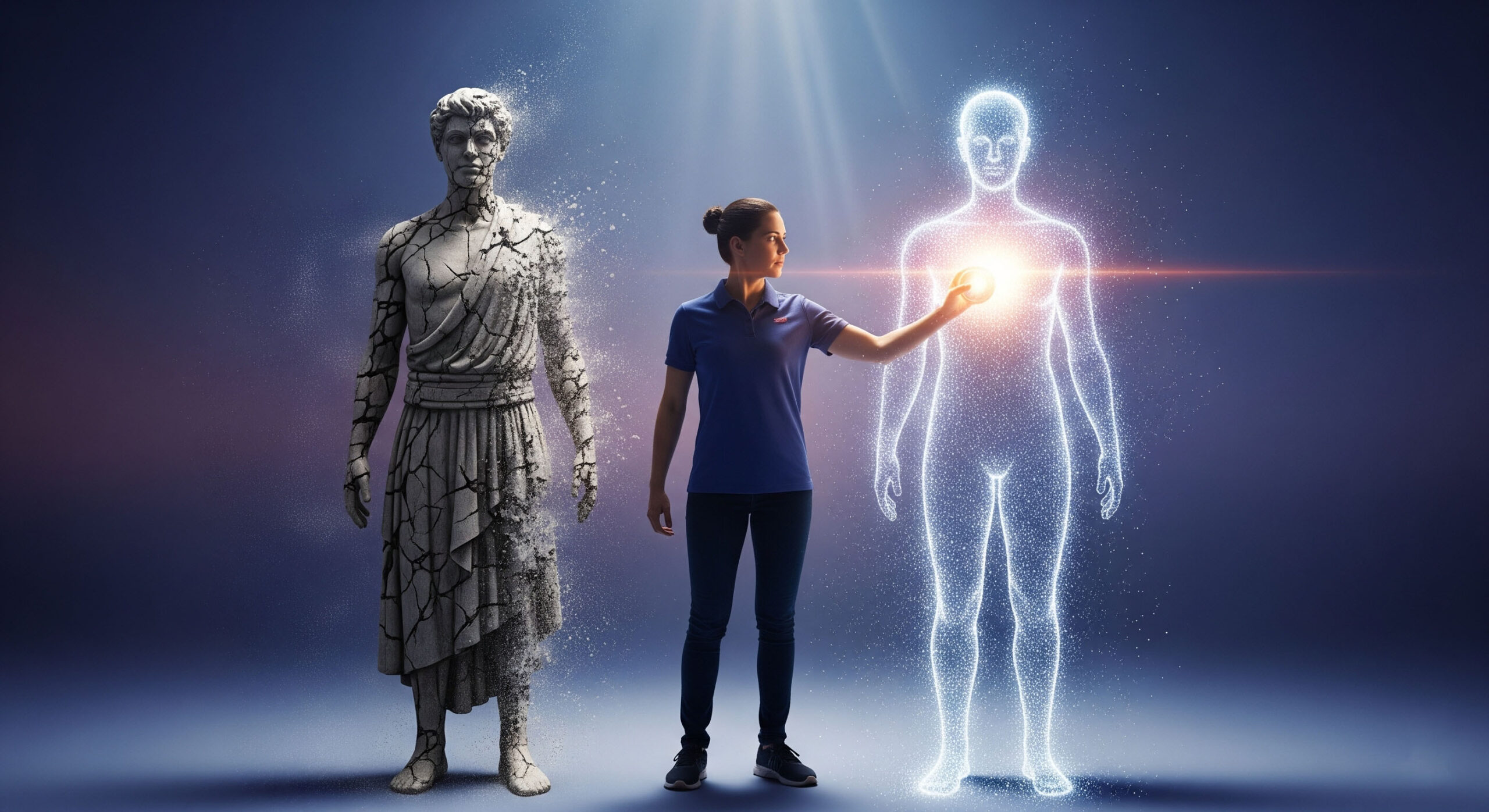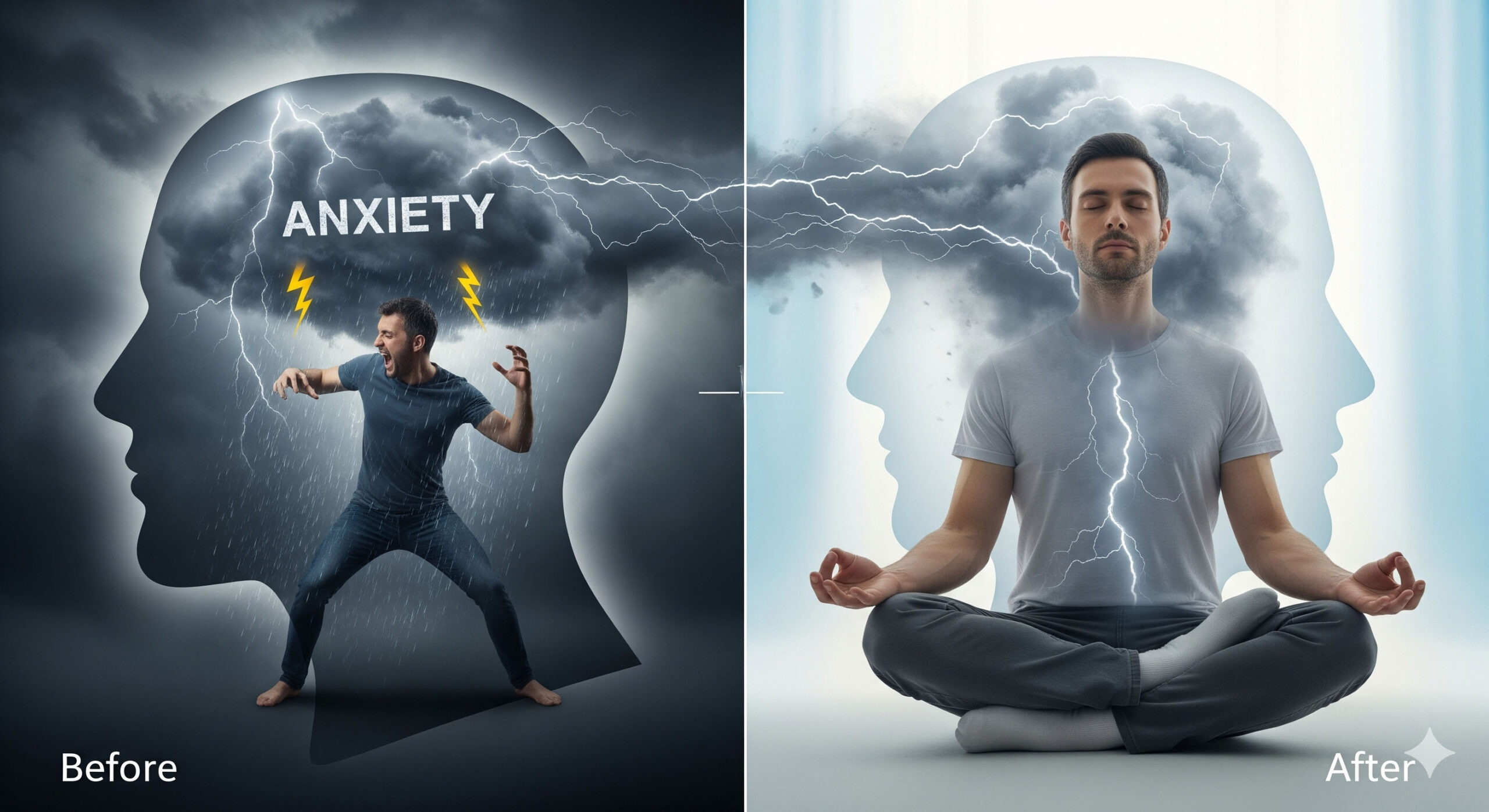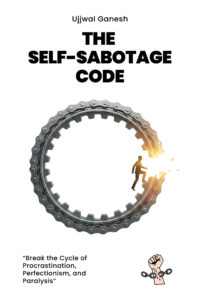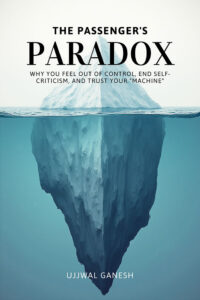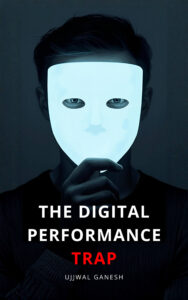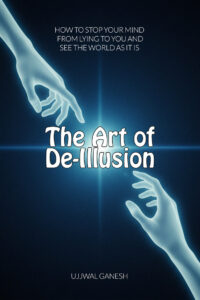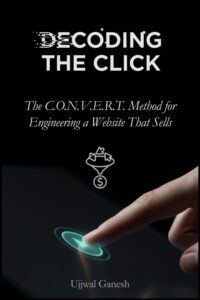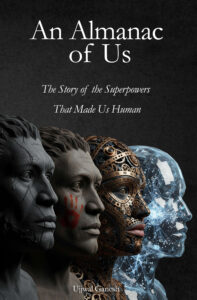It’s a familiar story. A new year, a new month, or just a new Monday arrives, and with it, a powerful surge of motivation. “This time,” you declare, “I will be a more patient person.”
For the first few days, you succeed through sheer force of will. You grit your teeth in traffic. You bite your tongue in meetings. You count to ten when your kids are testing your limits. But it’s exhausting. It feels like you’re holding your breath underwater. Inevitably, a stressful day comes, your willpower snaps, and your old, impatient habits rush back in. You’re left feeling frustrated, wondering why lasting change is so incredibly difficult.
The problem isn’t a lack of desire or a failure of discipline. The problem is a flawed strategy. You were trying to change your actions while still clinging to your old identity.
Lasting change doesn’t come from forcing a new behavior. It comes from changing the story you believe about yourself. And the secret to rewriting that story lies in a radical new approach: you become what you choose to observe.
Why Willpower Is a Losing Strategy
Trying to force a behavior that contradicts your core self-image is like trying to swim against a powerful current. It’s a constant struggle that depletes your energy. If you fundamentally believe you are an “impatient person,” every act of patience feels unnatural and temporary. Sooner or later, the current of your identity will pull you back to your default state.
As James Clear argues in his seminal work, Atomic Habits, the most effective way to change is to focus not on what you want to achieve, but on who you wish to become . The goal is not to act patient; it is to become a patient person.
But how do you become a different person? You can’t just decide to be new. This is where observation becomes the engine of transformation.
The New Strategy: Your Identity is a Collection of Evidence
Your brain is wired with a powerful psychological quirk known as confirmation bias. It actively seeks out, notices, and remembers information that confirms your existing beliefs. If you believe, “I am not good at public speaking,” your brain will become an expert at spotting every stumble, every nervous gesture, and every blank stare from the audience. It will conveniently ignore the parts you delivered well, reinforcing your negative identity.
To change, you must consciously hijack this system. You must stop feeding the beast of your old identity and start a deliberate hunt for evidence that supports your new, desired identity.
As I explain in my book, The Observation Effect, we can reframe this process: Every single act of observation is a “vote” you cast for the person you want to become . Your identity is not a fixed monument; it is a living collection of evidence. Your job is to become a masterful curator of that evidence.
The Identity-Change Engine: A 4-Step Guide to Observing Your New Self
This framework, adapted from the Four Laws of Behavior Change, isn’t about building a new physical habit. It’s about building the meta-habit of observing evidence for your new identity. Let’s walk through it with our example of shifting from “I am an impatient person” to “I am a patient person.”
Step 1: Make It OBVIOUS to Observe
Your first task is to train your brain to see the evidence it would normally filter out. Instead of a vague goal to “be more patient,” your new, highly specific observational habit is this: “Today, I will spot one moment where I observed myself making a patient choice.”
The key is to look for micro-observations.
- You observed yourself taking one deep breath before replying to a frustrating email.
- You observed yourself letting another car merge in traffic without feeling annoyed.
- You observed yourself listening to your child’s long story without interrupting.
You are actively hunting for a single piece of evidence, no matter how small, that proves your new identity is real.
Step 2: Make It ATTRACTIVE to Observe
When you spot the evidence, you must immediately reward the observation. This isn’t about giving yourself a cookie; it’s about providing a powerful dose of internal affirmation.
The moment you notice your patient act, allow yourself to feel a flash of genuine pride. Silently tell yourself, “That’s it. That is who I am. I am a patient person.” This positive reinforcement forges a powerful emotional connection between the observation and your new identity. The reward isn’t the action itself; it’s the deeply attractive feeling of becoming the person you truly want to be.
Step 3: Make It EASY to Observe
Don’t try to observe a complete identity overhaul overnight. That’s overwhelming, and you will fail. The goal is to make the daily habit of observing so easy you simply cannot fail.
Apply the “1 percent better” rule. Your only task is to find one tiny piece of evidence. If your goal is to be perfectly patient all day, the first time you lose your temper, you’ve failed. But if your goal is simply to observe one single instance where you took a deep breath instead of reacting, that’s incredibly easy. That is a vote you can cast every single day, building momentum effortlessly.
Step 4: Make It SATISFYING to Observe
To make your progress undeniable, you must make it tangible. Create what I call an “Evidence Journal.” At the end of each day, perform this simple two-minute ritual: write down the one observation you made that supports your new identity.
- “Today, I noticed I didn’t interrupt my colleague in the team meeting, even when I had something to say.”
- “Today, I observed myself calmly waiting in the long grocery line without checking my phone.”
This small act is profoundly satisfying. As the pages of your journal fill up, you are literally building a body of evidence for your new self. It is no longer a matter of wishful thinking; it is a matter of historical record.
You Are the Architect of Your Identity
For too long, we’ve treated our personalities as fixed, unchangeable things. But the science of the mind shows us something far more exciting: your identity is a living story, and that story is written by the things to which you consistently pay attention.
By choosing what you observe about yourself, you shift from being a passive character in a play written by your past to the active and empowered author of your future. You are not just changing your habits; you are changing who you are, one conscious observation at a time.
This is the ultimate application of the observer’s toolkit. To get the complete guide that connects the powerful skill of observation to the profound art of personal transformation, you can explore the full framework in my book, The Observation Effect.
